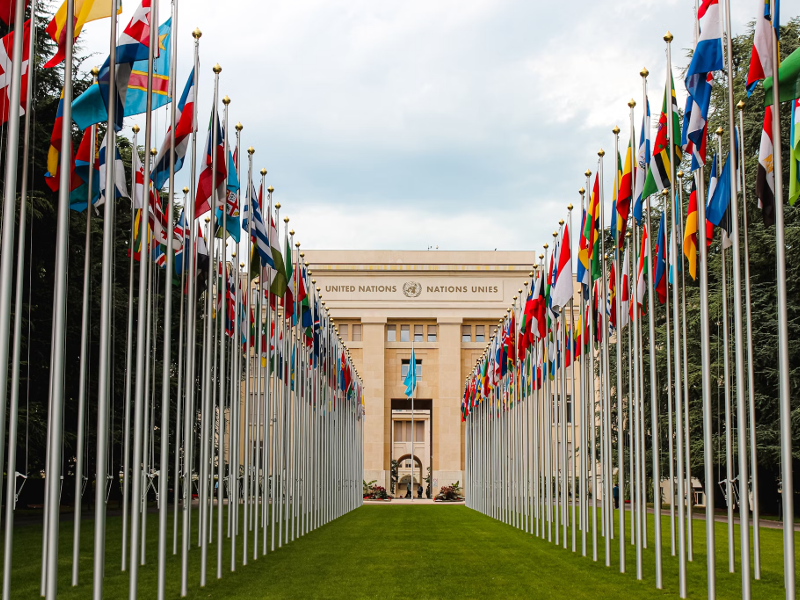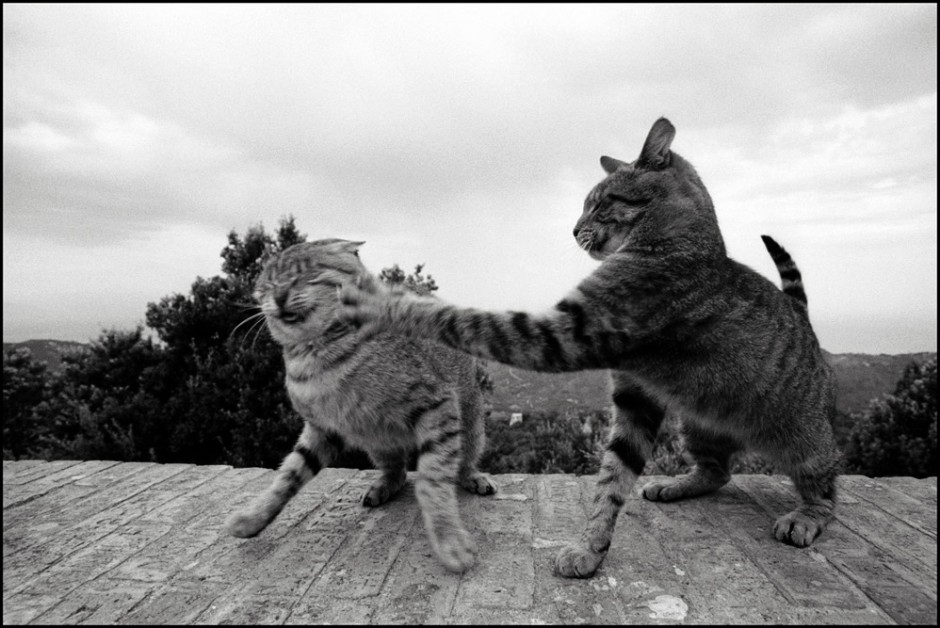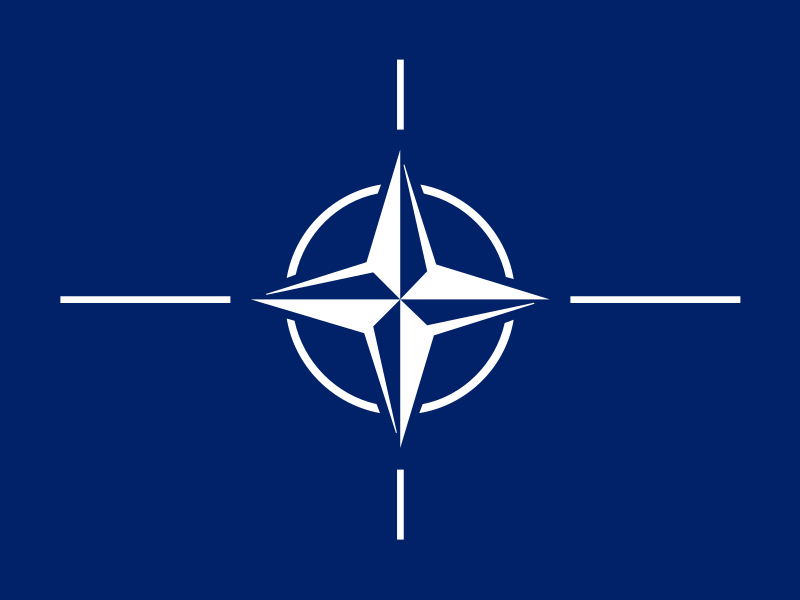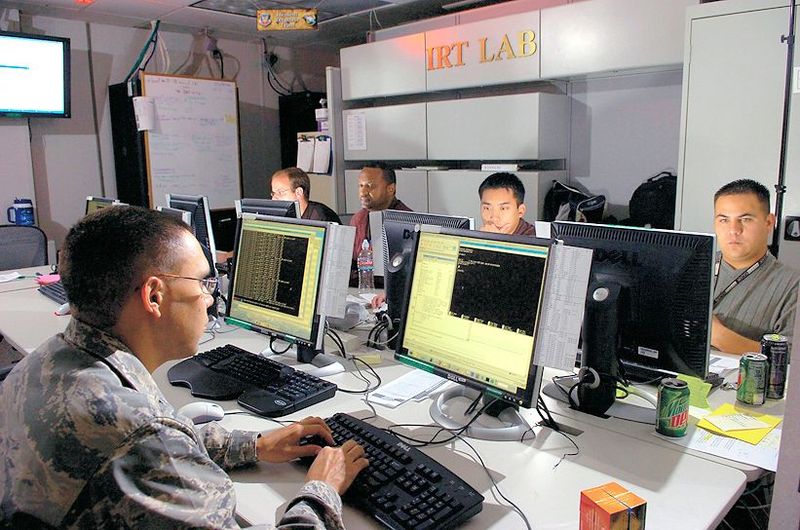On July 1, 1944, 730 delegates from 44 nations convened at the Mount Washington Hotel in Bretton Woods, New Hampshire to discuss a path of recovery following the tragedies of the Great Depression and the Second World War. With attendance from Allied countries, including Canada, the United Kingdom, the United States, India, and China, delegates deliberated on a new international economic system that would stimulate global prosperity. The result of this gathering was the creation of the International Monetary Fund and the World Bank Group, two institutions that continue to support the state of the financial global order today.
In the midst of chaos, turmoil and destruction following the aftermath of deadly conflict, the Bretton Woods Conference represented a pivotal moment when nations were able to set aside individualism and unite on a shared mission—to rebuild global society.
Well, the time has come again when the world is at a crossroads. Encompassing current affairs, including global violence, political polarization, and threats of nuclear warfare, society may very well be headed towards a Third World War.
Karl Marx once said, “History repeats itself, first as a tragedy, second as a farce.” However, there is a new opportunity looming on the horizon that, if embraced wholeheartedly by the international community, can help ensure humanity does not replicate the past. That opportunity is the upcoming Summit of the Future (Summit).
This article provides a primer on this highly anticipated event, with an aim of underscoring its pertinence to NATO and the future of international peace and security.
About the Summit.
On September 22-23, 2024, world leaders from Member States of the United Nations (UN) will convene in New York City, USA to discuss the urgent need for global collaboration to navigate today’s fraying world order. Proposed by UN Secretary-General António Guterres in the Our Common Agenda report, the Summit of the Future will serve as a “once-in-a-generation opportunity to reinvigorate global action, recommit to fundamental principles, and further develop the frameworks of multilateralism so they are fit for the future.” Building upon previously adopted accords, including the UN Charter and the 2030 Agenda for Sustainable Development, the Summit will focus on the practical action steps for cultivating both a better today and tomorrow. Accordingly, its objective will be to achieve unanimity on the adoption of a new multilateral roadmap known as the Pact for the Future (Pact), which will comprise commitments across five key areas: 1) sustainable development and financing for development; 2) international peace and security; 3) science, technology and innovation and digital cooperation; 4) youth and future generations; and 5) transforming global governance.
Earlier this year, a zero draft of the document was shared with UN Member States for intergovernmental deliberations. Since then, a revised draft has been circulated for consultation. As nations continue to work together to deliberate on the content of the Pact and finalize it in time for the Summit, it is important to consider what its adoption will signify for NATO and international peace and security.
Implications for the future of peace and security.
Since the 1990s, NATO and the United Nations have maintained a strong partnership, recently signing a revised Joint Declaration in 2018 to reaffirm their commitment to ongoing collaboration. Although driven by a like-minded vision, their approaches towards actualizing it vary; while the UN aims to prevent and avoid conflict to ensure peace, NATO’s objective “is to guarantee the freedom and security of its members through political and military means.” In other words, the Alliance will fight in order to defend. As such, with NATO countries also making up part of the UN Member States, it will be important for the affected nations to consider how to maintain their obligations to one another while also upholding their commitments to the Pact. For example, in the revised draft of the Pact, Action 21 expresses the pledge to “accelerate progress towards a world free of nuclear weapons.” Accordingly, NATO will need to reconsider its deterrence and defense position as three of its member states, France, the United States, and the United Kingdom, currently possess nuclear weapons. Of course, the Alliance’s commitment to this stance is predominantly driven by its intention to safeguard members against adversarial threats, such as those posed by Russia and China’s nuclear arsenals. Accordingly, the question arises whether nuclear-armed nations are finally ready to trust in one another and completely eliminate nuclear weapons to ensure a future of peace and security. In principle, this is exactly what NATO countries and UN Member States, including Russia and China, would be communicating to one another with the adoption of the Pact; further actualizing the goal of complete nuclear disarmament per the Treaty on the Non-Proliferation of Nuclear Weapons.
A defining moment.
With less than three months remaining until the anticipated Summit of the Future and the universal adoption of the related Pact to guide humanity forward, hope is emerging for a reimagined peaceful, prosperous, and secure world.
While it is important to recognize that each historical moment has its own unique set of circumstances, the Bretton Woods Conference nevertheless demonstrated that there is power when the international community comes together. Today, the Summit of the Future represents a novel opportunity to reinvigorate global collaboration, move on from the past, and pave the way towards a brighter tomorrow.
Photo: flags on green grass field near brown concrete building during daytime (2020) by Mathias Reding on Unsplash via Unsplash License
Disclaimer: Any views or opinions expressed in articles are solely those of the authors and do not necessarily represent the views of the NATO Association of Canada.





